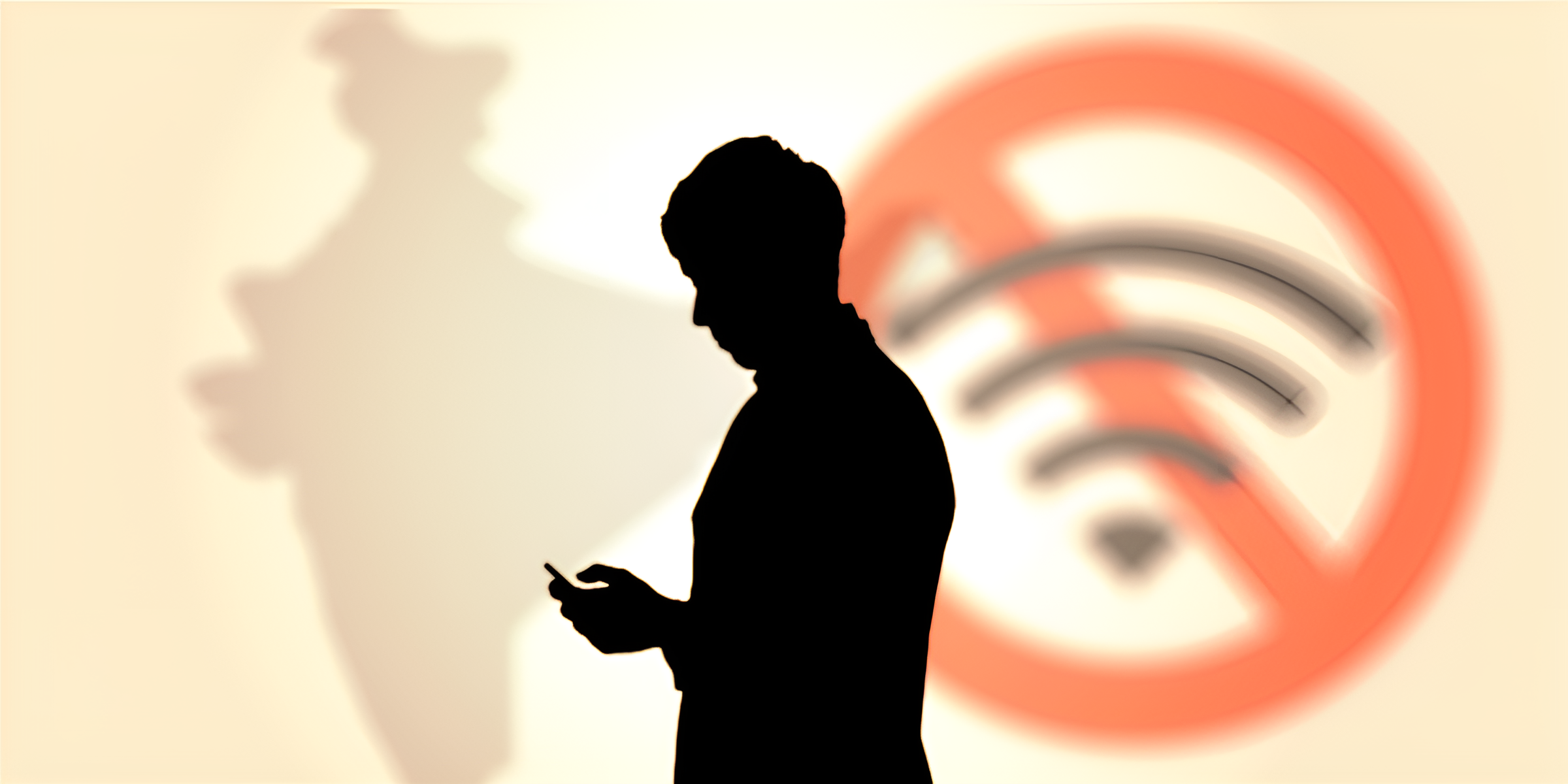Internet Shutdowns


News:
Recently, on December 14, 2024, authorities in Haryana suspended internet services in 12 villages in Ambala ahead of a farmers’ march. This action was taken to maintain public order and prevent the spread of misinformation during the event.
Arguments in Favor of Internet Shutdowns
Maintaining Public Order:
Internet shutdowns can be effective in preventing the spread of hate speech and misinformation that could escalate tensions or provoke violence. This was evident during the farmers’ protests and in regions with communal unrest.
- Example: During the 2021 farmers’ protests, internet shutdowns in Delhi helped prevent the spread of provocative content.
Preventing Organized Protests:
Shutdowns hinder the ability of groups to organize and mobilize large-scale protests or violent activities, ensuring public order and preventing disturbances. For example, shutdowns were imposed in Kashmir and other sensitive areas to control separatist movements.
- Example: In Kashmir, shutdowns were enforced during the Article 370 abrogation to limit protest activities.
National Security:
In regions prone to external threats or during border standoffs (e.g., with China), internet shutdowns can safeguard national security by preventing espionage, sabotage, or the spread of sensitive information that could compromise the country’s sovereignty.
- Example: During the 2020 India-China border standoff, internet shutdowns in sensitive border areas prevented cyberattacks.
Protecting Sensitive Content:
Internet shutdowns can prevent the circulation of harmful, offensive, or provocative content. In some cases, this helps protect communities from distressing material that could lead to unrest
- Example: The 2020 Delhi riots saw internet shutdowns to stop the spread of incendiary content.
Emergency Situations:
In cases of violent riots or terrorist attacks, shutting down the internet can limit the ability of malicious actors to coordinate and amplify disturbances, providing authorities with a chance to restore order.
- Example: During the 2020 anti-CAA protests, internet shutdowns helped prevent the spread of violence.
Preventing Cyberattacks:
In times of heightened tension, internet shutdowns can be used to safeguard against cyberattacks and protect critical infrastructure from being compromised.
- Example: Jammu and Kashmir experienced shutdowns to prevent cyberattacks during times of political unrest.
Proportional Response:
When used as a last resort, shutdowns can be a necessary tool to address immediate threats to public safety or national security, especially in crisis situations where other measures may not be as effective.
- Example: The 2021 violence in Uttar Pradesh saw internet shutdowns to control mob behavior.
Arguments Against Internet Shutdowns
Violation of Fundamental Rights:
Internet shutdowns violate citizens’ fundamental rights, particularly the right to freedom of speech and expression (Article 19(1)(a)) and the right to information (Article 21). They restrict individuals from accessing essential information and expressing their opinions freely.
- Example: The 2019 Kashmir shutdown was deemed a violation of citizens’ rights by several human rights organizations.
Economic and Educational Impact:
Internet shutdowns disrupt businesses, particularly startups and small businesses, causing significant financial losses. Additionally, students relying on online education platforms face interruptions, hindering their academic progress.
- Example: The 143-day shutdown in Manipur in 2022 caused widespread business losses and disrupted online learning for students.
Erosion of Trust:
Shutdowns can lead to a breakdown of trust between the government and the public. People may perceive such actions as authoritarian, leading to greater dissatisfaction and resistance.
- Example: The 2019 shutdown in Kashmir led to growing frustration and distrust between the government and local residents.
Counterproductive in Nature:
Critics argue that internet shutdowns do not address the root causes of unrest but often worsen the situation by fueling anger and resentment among the affected population. They can also create an information vacuum, which may be exploited by malicious actors to spread disinformation.
- Example: The 2020 Delhi riots saw an increased spread of misinformation despite the shutdown.
Infringement on Democracy:
By restricting access to the internet, shutdowns undermine democratic processes and accountability. Citizens are unable to participate in public debates, hold authorities accountable, or access vital information during critical events like elections or crises.
- Example: The 2019 shutdown in Kashmir hindered the ability of citizens to engage in elections or access key information.
Lack of Transparency and Accountability:
Shutdowns are often imposed without proper legal procedures, judicial oversight, or clear criteria. This lack of transparency can lead to arbitrary decisions and human rights abuses.
- Example: The lack of clear legal procedures during shutdowns in West Bengal (2021) led to concerns about transparency.
Ineffectiveness in Addressing Misinformation:
Rather than preventing misinformation, shutdowns may increase it by creating an information gap. With no reliable sources of information, people may turn to unverified or misleading content, exacerbating the problem.
- Example: The 2020 shutdown during the Delhi riots created confusion and fueled misinformation through unverified sources.
Conclusion:
While internet shutdowns can help maintain order and security in crises, they also violate rights, disrupt economies, and hinder democracy. Their effectiveness is debatable, often worsening tensions and spreading misinformation. A balanced approach is necessary to protect both security and individual freedoms.